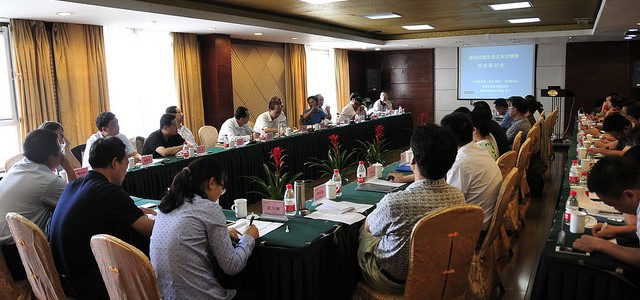A model is a simplified description of a system to assist calculations and predictions. At the sub-catchment or river basin level, modelling can integrate the hydrological, technical, ecological, environmental, economic, social, institutional, and legal aspects of water problems into a coherent framework. Hydrological models simulating water balance elements (such as river run-off, ground water and evapo-transpiration) are quite well developed. So are water quality models for rivers, ground water, and lakes.
However, models for most other water aspects (ecological, environmental, economic, social, institutional, and legal) need significant improvement. Geographic Information Systems (C3.01) have become a widely used tool that allows for the integration of any kind of spatial and geographical data into one modelling system. But for models to be truly useful in the pursuit of sustainable solutions, they must address and simulate not only economic efficiency and technical merits, but also the preferences and priorities of stakeholders.
A tool that helps with this aspect is Stakeholder Analysis (C3.02). It identifies stakeholders, analyses their preferences and influence, and devises ways to engage them in the planning and modelling process. One example of joint modelling with stakeholders or other actors in the water management process is Shared Vision Planning (C3.03). This tool allows associated parties to simulate different scenarios and to evaluate best options given certain assumptions.
Decision Support Systems (DSSs) (C3.04) are ways for decision makers to integrate different kinds of data such as experimental or survey data, output from models, but also expert or local knowledge into an interactive software platform. This software then provides ways of examining the compiled information from diverse viewpoints.
Today, the output of many models is available and accessible on the internet to any user with a personal computer and the necessary software. Easy access to the output of other models can greatly assist managers in developing their own DSS. There is keen competition among research institutions, universities, and consultants to provide modelling products, the price of which is small relative to the time required to learn to use the models effectively. Users of models should be confident that they have access to relevant expertise to provide guidance in the application of these tools, and ensure that appropriate presentation formats have been worked out and are compatible with the models chosen.

